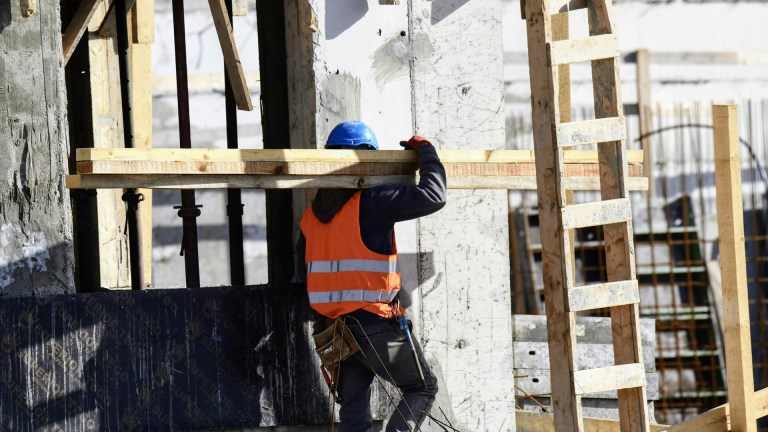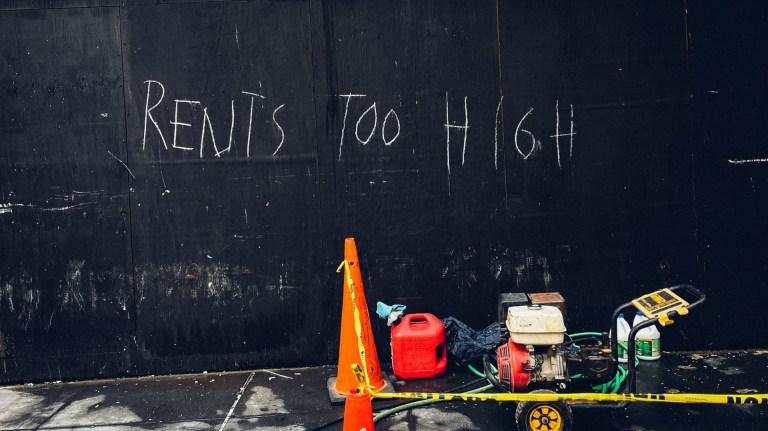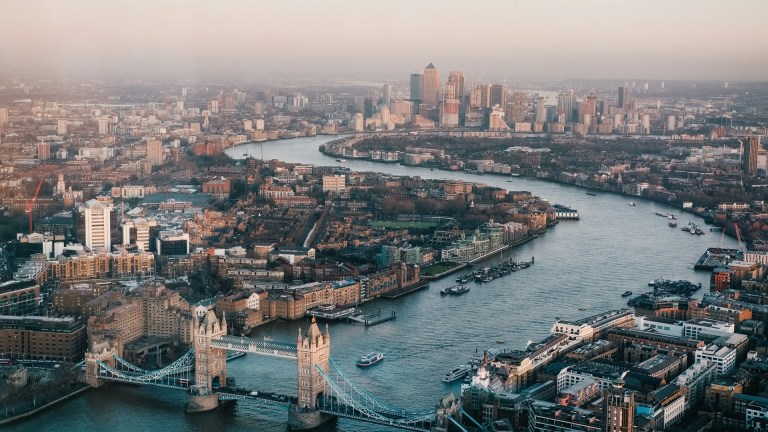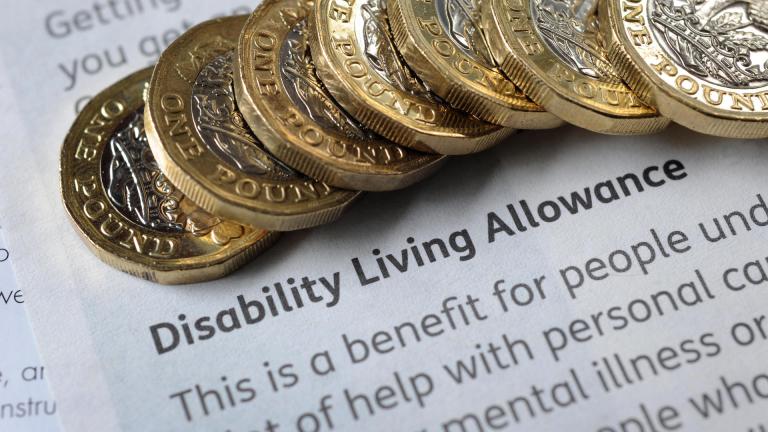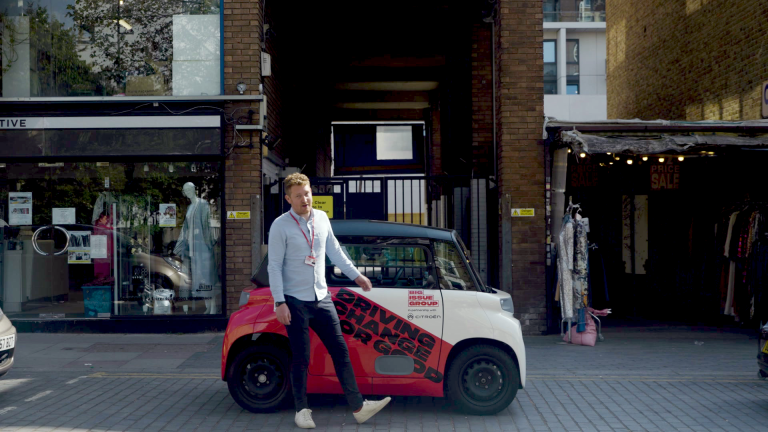“Local housing allowance should be a lifeline, covering the bottom third of local rents – but right now, it simply doesn’t. The government must unfreeze it immediately so struggling families can avoid homelessness. But to truly end the housing emergency, the government must use June’s Spending Review to invest in building the 90,000 social homes a year we desperately need.”
The Valuation Office Agency (VOA) published the LHA rates that will apply in 2025-26 on Friday (31 January), as well as the 30th percentile of actual private sector rents in each area. The 30th percentile would have counted as the LHA rates had it not been for the cash-terms freeze set by the government in last year’s autumn budget.
LHA sets the limit of how much housing benefit private sector tenants can receive. Until the Conservatives took power in the coalition government of 2010, it was set at the average private sector rent for each property size in each local area – the 50th percentile of local market rents.
The Tory-Liberal Democrats coalition cut this to the 30th percentile of local market rents, meaning that people paying the average rent would face a shortfall after receiving their housing benefit. Only the cheapest properties were fully covered by housing benefit.
A series of cash freezes in LHA rates followed, which effectively cut housing benefit because actual rent levels were rising. Sir Stephen Timms, now a social security minister, criticised LHA freezes when he was chair of the work and pensions committee under the last government.
The Conservatives restored the link to the 30th percentile at the start of the pandemic, and then after more freezes, again unfroze rates in 2024-25. Labour’s decision to impose another freeze comes at a time when private sector rents have been soaring, exposing tenants to significant benefit cuts.
Tenants in shared housing in 10 ‘Broad Market Rental Areas’ (BRMA) – the geographical areas across which LHA is set – face benefit cuts of at least £1,000 in 2025-26 unless they are in the cheapest local accommodation. These areas include much of London, Birmingham, Southport and Reading, where cuts amount to £1,600.
Tenants in one-bedroom accommodation in 19 BRMAs face benefit cuts above £1,000, again including most of London, plus Bath, Solihull, and southern Greater Manchester.
Two-bedroom tenants in parts of London face cuts above £2,000, while £1,000-plus cuts will bite across much of the South East and West Midlands conurbation. Tenants of four-bedroom housing in north-west London face benefit cuts of nearly £4,200.
The benefit cap, which imposes an overriding limit on LHA levels regardless of wider housing benefit policy, means that private tenancies for larger properties in parts of London are virtually unaffordable on low incomes.
The gap between LHA rates and the 30th percentile of private sector rents in the Central London BRMA is £8,700 for one-bed accommodation, £12,750 for two-bed, £20,800 for three bedrooms and £30,400 for four bedrooms, due to a combination of runaway rent levels and the benefit cap.
A government spokesperson said: “No person should be in poverty – that’s why we’ve extended the household support fund again, are maintaining discretionary housing payments and are giving an extra £233m to councils directly for homelessness, including the largest-ever investment in prevention services, taking the total to nearly £1bn for 2025/26.
“Alongside this, we are uprating benefits and the state pension, increasing the national living wage and helping over one million households by introducing a fair repayment rate on universal credit deductions, while our child poverty taskforce develops an ambitious strategy to give all children the best start in life.”
Do you have a story to tell or opinions to share about this? Get in touch and tell us more. Big Issue exists to give homeless and marginalised people the opportunity to earn an income. To support our work buy a copy of the magazine or get the app from the App Store or Google Play.


